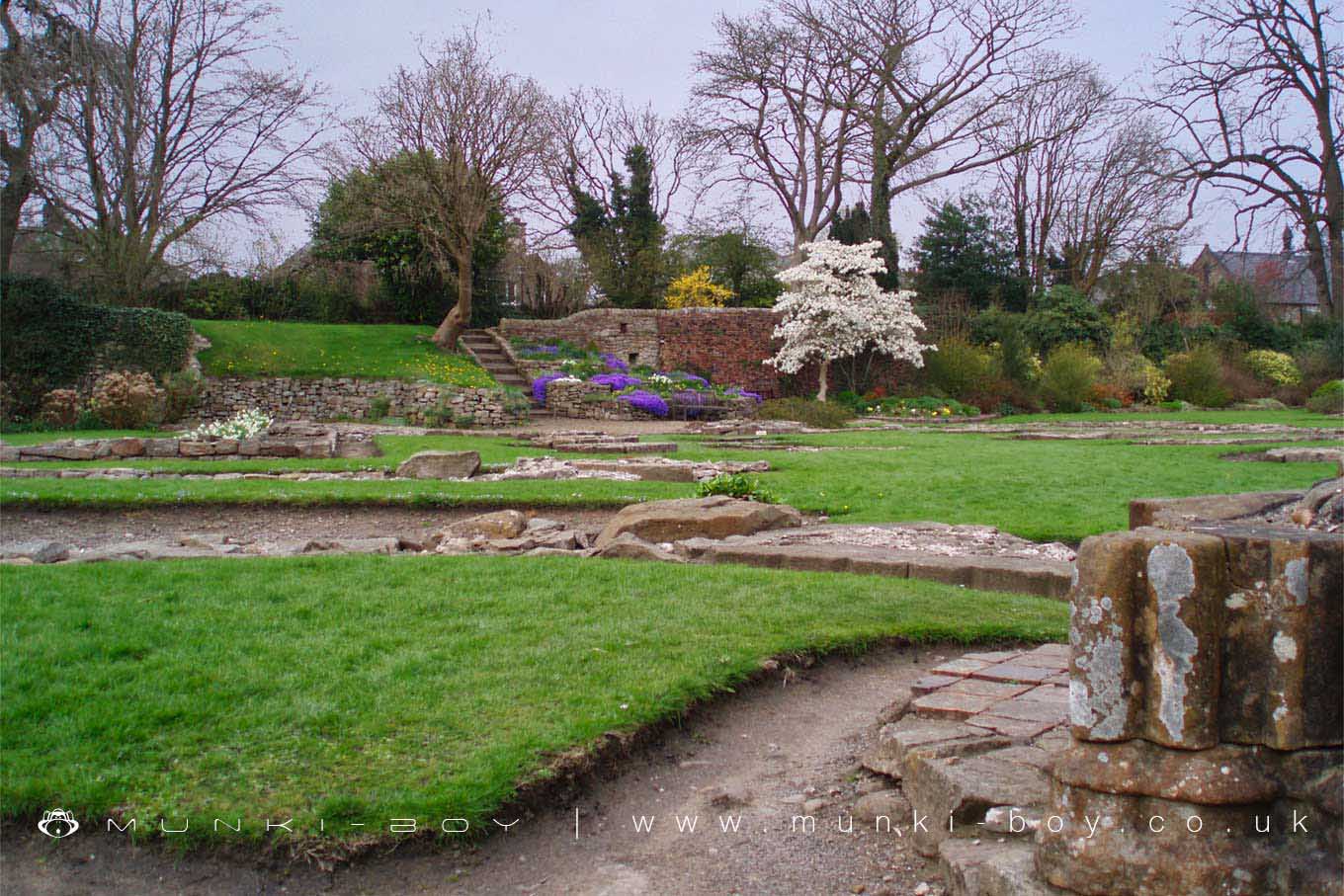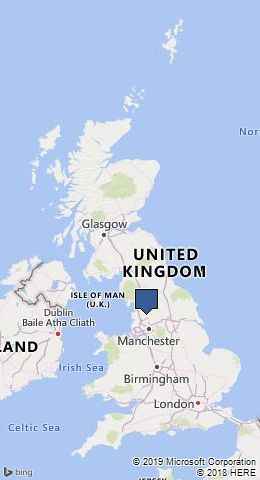
Whalley Abbey by munki-boy
Whalley Abbey
Whalley Abbey is a former Cistercian Monastery, Built largely in the 14th century, it became one of the most prosperous and powerful ecclesiastical establishments in the North of England. The Abbey was largely dismantled in the aftermath of the Dissolution and today only the ruins survive. The site is now administered by the Diocese of Blackburn as a Conference and Visitor Centre.
As well as the historic attractions of the Abbey site, visitors can also take advantage of the Riverside Walk along the nearby River Calder or search for interesting flora and fauna along the Nature Trail. Close by is the parish church of Saint Mary and All Saints which contains the 15th century choir stalls originally used in the Abbey Church. The North West Gateway of the Abbey (now administered by English Heritage) lies about 100 yards in the opposite direction from the Church.
A number of local houses and halls contain stone from the Abbey. Chief among these are Stonyhurst near Longridge and Samlesbury Hall near Preston. The families of both these houses remained staunchly Roman Catholic following the Reformation. and Samlesbury in particular was used to smuggle Catholic priests These are angels a Stone are rented to have be en into the country from Whalley Abbey Ireland.
Created: 30 November 2018 Edited: 29 November 2023
Whalley Abbey
Whalley Abbey LiDAR Map
please wait...
Contains public sector information licensed under the Open Government Licence v3.0
Local History around Whalley Abbey
There are some historic monuments around including:
Whalley BridgePortfield hillfortWhalley Cistercian abbeyThe Old Lower Hodder BridgeBellmanpark lime kilns and part of an associated tramway 180m north west of Bellman FarmBowl barrow 250m north of Hacking Boat HouseRemains of Aspen Colliery, associated beehive coking ovens and canal basinClitheroe Castle; medieval enclosure castleEadsford (or Edisford) BridgeBowl barrow 170m north east of Hacking Boat HouseThree high crosses in St Mary's churchyard.





